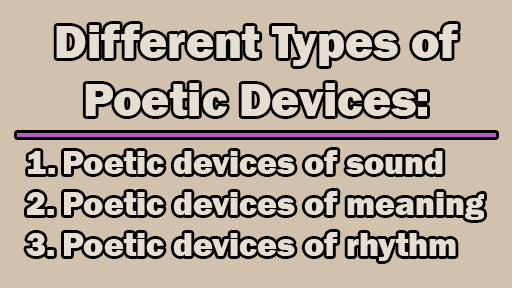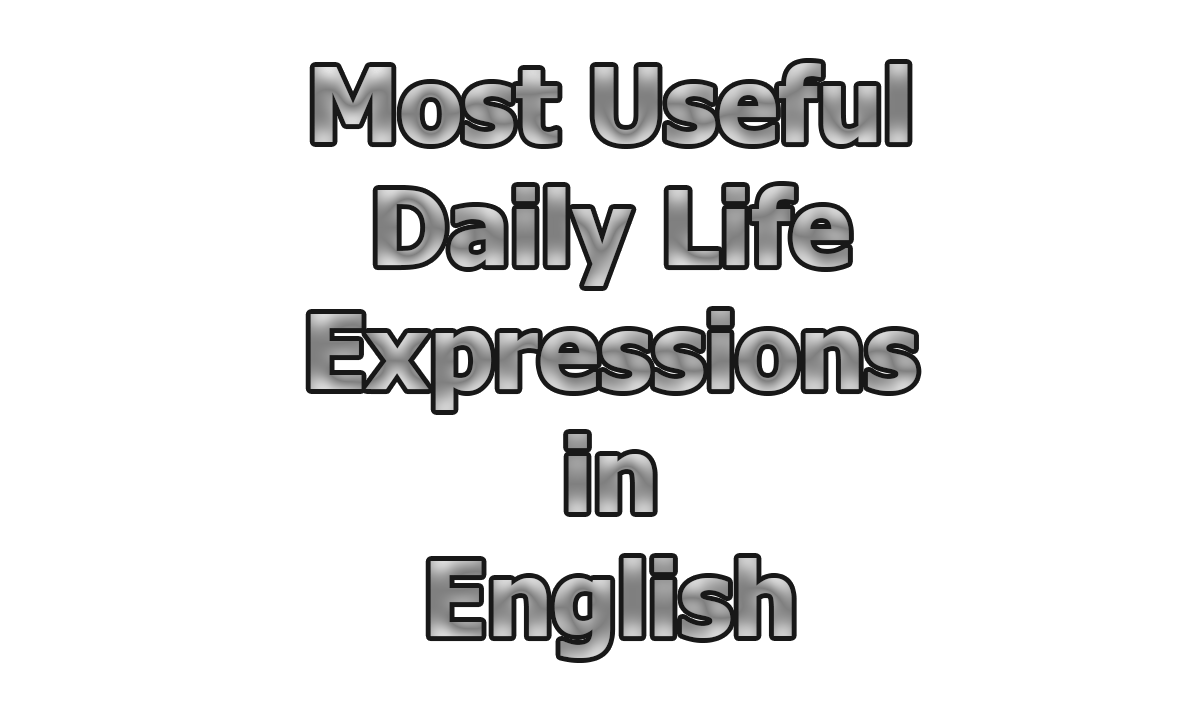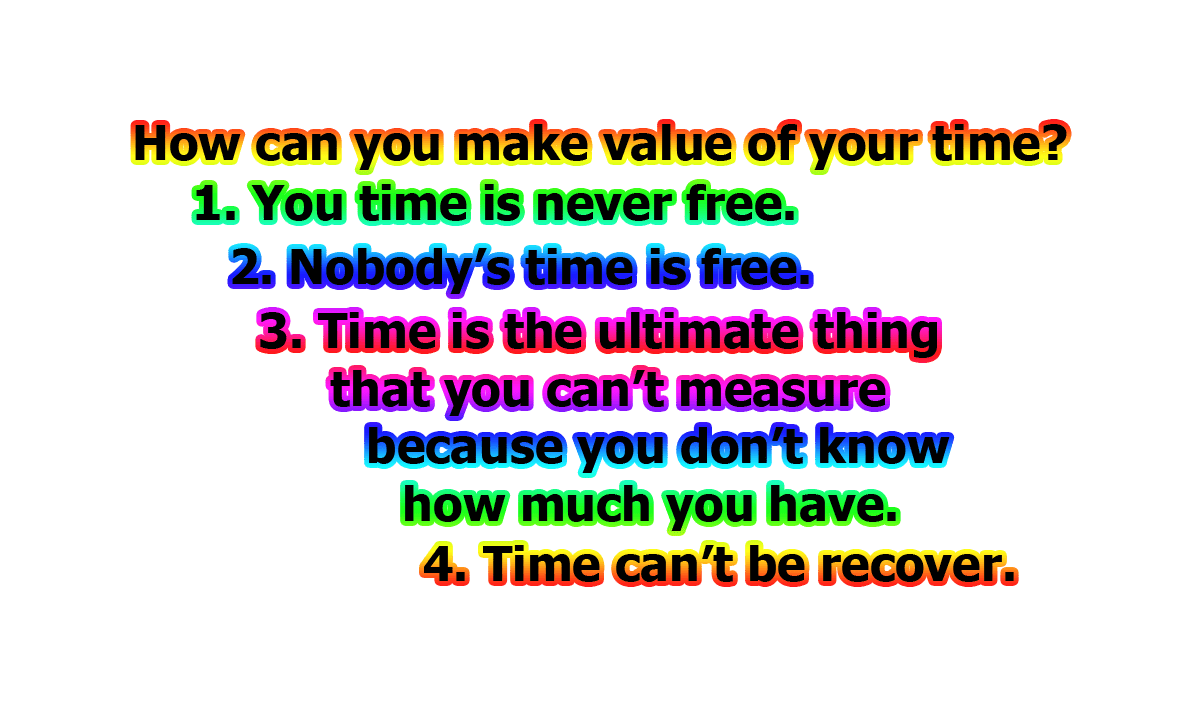Poetic devices are the masterful tools wielded by poets to infuse their verses with beauty, emotion, and intellectual depth. These devices, ranging from the musical allure of alliteration to the profound symbolism of metaphors, serve as the palette through which poets craft their literary masterpieces. In the realm of poetry, each device carries a unique purpose, contributing to the overall impact and resonance of the poet’s expression. Through skillful implementation, poets manipulate language to evoke sensory experiences, convey complex emotions, and invite readers into a world where words transcend their literal meanings. In the rest of this article, we will explore poetic devices, different types of poetic devices and rhyme schemes in poetic devices with examples.
What are Poetic Devices?
Poetic devices are linguistic and structural techniques employed by poets to enhance the aesthetic and expressive qualities of their poetry. These devices include elements such as rhyme, meter, metaphor, simile, alliteration, personification, symbolism, and other figurative language, contributing to the artistic and emotional impact of the poem.
Different Types of Poetic Devices:
There are three distinct types of poetic devices:
- Poetic devices of sound
- Poetic devices of meaning
- Poetic devices of rhythm
Each of these types is different from one another and is furthermore divided into other subdivisions which all are briefly given below:
1. Poetic Devices Inspired by Word Sounds:
The way words sound can create a special and enchanting impact on the reader’s thoughts. When words are grouped together, they make a particular impression when people hear them. These sounds can make readers feel different emotions such as anger, joy, love, dislike, or hatred. Let’s explore what literary tools inspired by the sounds in poetry actually entail.
- Alliteration: Alliteration is a literary device where a series of words in a sentence or phrase share the same consonant sound. This repetition of sounds creates a rhythmic and musical quality in the text. For example, in the phrase “Peter Piper picked a peck of pickled peppers,” the repetition of the ‘p’ sound enhances the overall sound and rhythm of the sentence.
- Assonance: Assonance involves the repetition of vowel sounds within nearby words. This device is used to create a melodic and harmonious effect in the language. An example is the phrase “The rain in Spain falls mainly on the plain,” where the repetition of the long ‘a’ sound contributes to the euphony of the sentence.
- Consonance: Consonance is the repetition of consonant sounds, especially at the end of words. It adds a musical quality to the text and often serves as a form of auditory reinforcement. An example is the use of consonance in the phrase “Blank and think,” where the repetition of the ‘nk’ sound creates a sense of unity and cohesion.
- Cacophony: Cacophony refers to the use of harsh, discordant sounds for a specific effect. It creates a jarring or unsettling atmosphere, reflecting the meaning or emotion the poet intends to convey. An example is the phrase “The jarring clash of pots and pans,” where the cacophonous sounds mirror the chaotic nature of the scene.
- Euphony: Euphony involves the use of harmonious and pleasant sounds, creating a melodious and soothing effect on the reader or listener. An often-cited example is the phrase “Cellar door,” appreciated for its euphonic quality and the smooth flow of vowel and consonant sounds.
- Onomatopoeia: Onomatopoeia is the use of words that imitate the sounds they describe. This device enhances the sensory experience and adds vividness to the language. Examples include “Buzz,” “Boom,” and “Murmur,” where the words themselves imitate the sounds they represent, contributing to a more immersive reading experience.
2. Poetic Devices Based on Word Meanings:
Are you aware that there are special tools in poetry that use creative language, making it easier for poets to express their thoughts? Poetic devices related to meaning are the kinds poets use when they want to write a poem with a more restrained approach. Below are some examples of this type.
- Allegory: Allegory is a literary device where a narrative or poem conveys a hidden or symbolic meaning. It involves characters, events, or settings that represent abstract ideas or moral concepts. An example is George Orwell’s “Animal Farm,” which serves as an allegory for political corruption, with animals representing different political figures or ideologies.
- Allusion: Allusion is a reference to another work of literature, person, or historical event. Poets use this device to evoke additional layers of meaning and connect their work to a broader cultural or literary context. An example is the line “He had the strength of Hercules,” where Hercules is an allusion to classical mythology, emphasizing the person’s exceptional strength.
- Irony: Irony involves a contrast between expectation and reality, creating a thought-provoking and often humorous effect. There are different types of irony, including verbal, situational, and dramatic irony. An example of situational irony is the burning down of a fire station, a scenario that goes against the expected purpose of such a building.
- Metaphor: A metaphor is a figure of speech that makes a direct comparison between two unrelated things, suggesting that one thing is another. Metaphors create vivid imagery and add depth to the meaning of a poem. An example is the metaphor “Time is a thief,” where time is compared to a thief, conveying the idea of time taking away moments and experiences.
- Oxymoron: An oxymoron is a combination of contradictory or opposite words to create a paradoxical effect. It often reveals a deeper truth or complexity in the subject matter. An example is the oxymoron “Deafening silence,” where silence, typically associated with quietness, is described as loud and overwhelming.
- Personification: Personification involves attributing human characteristics to non-human entities, allowing the poet to create a more relatable and vivid image. An example is the line “The wind whispered through the trees,” where the wind is personified by the act of whispering, giving it human-like qualities.
- Simile: A simile is a comparison between two unlike things using the words “like” or “as.” Similes highlight similarities between the compared elements and contribute to the descriptive richness of the language. An example is the simile “As brave as a lion,” where the bravery of an individual is likened to the courage associated with a lion.
- Paradox: A paradox is a statement that appears contradictory but may reveal a deeper truth or unexpected insight. Poets use paradoxes to provoke thought and create intellectual engagement. An example is the paradoxical statement “Less is more,” where the apparent contradiction suggests that simplicity or minimalism can have greater impact or value.
- Symbolism: Symbolism involves using symbols to represent ideas, qualities, or concepts. These symbols can be objects, characters, or images that carry deeper meanings beyond their literal interpretation. An example is the dove as a symbol of peace, where the bird represents the concept of peace and harmony.
- Pun: A pun is a play on words that exploits multiple meanings or similar sounds of a word for humorous or rhetorical effect. Puns add wit and cleverness to the language. An example is the pun “I used to be a baker because I kneaded dough,” where the wordplay involves the double entendre of “kneaded” sounding like “needed.”
- Rhetorical Question: A rhetorical question is a question asked for effect or emphasis, where the speaker does not expect a direct answer. Poets use rhetorical questions to engage the reader’s thought and create a sense of reflection. An example is the rhetorical question “Can’t you do anything right?” which serves to express frustration rather than seek a genuine response.
3. Poetic Devices Based on Rhythm:
Poetic devices following a poetic rhythm in every stanza to give meaning, and emotion is the third type of literary device used in poetry.
- Rhyme: Rhyme is the repetition of similar sounds, especially the end sounds of words. Poets use rhyme to create a sense of musicality and structure in their verses. An example is the rhyming couplet from William Wordsworth’s poem “I Wandered Lonely as a Cloud”: “That floats on high o’er vales and hills.”
- Repetition: Repetition involves the use of the same words, phrases, or sounds for emphasis. It can create a rhythmic pattern and reinforce key ideas within a poem. An example is the repetition of the word “Nevermore” in Edgar Allan Poe’s “The Raven,” emphasizing the haunting and persistent nature of the raven’s call.
- Caesura: Caesura is a pause or break within a line of poetry, often indicated by punctuation. It adds a sense of rhythm and allows for a moment of reflection. An example is found in William Shakespeare’s soliloquy from “Hamlet”: “To be or not to be, that is the question.” The pause after “To be” creates a caesura, emphasizing the contemplative nature of the speaker’s thoughts.
Poetic Devices: Poetic Form
The structure of poetry provides poets with formal options, enabling them to create various types of poems. In these poetic devices, poets carefully organize words, and the arrangement of verses adds depth and appeal to the poem. These arrangements can be both purposeful and at times methodical. While various forms of verse exist, they are broadly categorized into three types, as outlined below.
1. Fixed Verse: Fixed verse refers to a poetic form characterized by a predetermined structure, including a specific rhyme scheme, meter, and stanzaic pattern. Poets adhere to these established rules, creating a structured and rhythmic composition. Examples of fixed verse forms include sonnets, villanelles, and haikus.
Example (Sonnet): Sonnets are a classic example of fixed verse. The Shakespearean sonnet, for instance, consists of 14 lines with a specific rhyme scheme (ABABCDCDEFEFGG) and iambic pentameter. In Shakespeare’s Sonnet 18, the fixed structure contributes to the poem’s formal elegance:
“Shall I compare thee to a summer’s day? (A)
Thou art more lovely and more temperate: (B)
Rough winds do shake the darling buds of May, (A)
And summer’s lease hath all too short a date. (B)
Sometime too hot the eye of heaven shines, (C)
And often is his gold complexion dimmed; (D)
And every fair from fair sometime declines, (C)
By chance or nature’s changing course untrimmed. (D)
But thy eternal summer shall not fade (E)
Nor lose possession of that fair thou ow’st; (F)
Nor shall Death brag thou wanderest in his shade, (G)
When in eternal lines to time thou grow’st: (F)
So long as men can breathe or eyes can see, (G)
So long lives this, and this gives life to thee. (G)”
2. Free Verse: Free verse is a poetic form that lacks a strict rhyme scheme, meter, or fixed structure. It allows for greater flexibility in terms of line length, rhythm, and overall composition. Free verse liberates poets from the constraints of traditional forms, enabling them to experiment with language and express ideas in a more organic and spontaneous manner.
Example: One of the pioneers of free verse is Walt Whitman. In his poem “Song of Myself,” Whitman embraces the freedom of form, employing long lines and varying rhythms to capture the vastness and diversity of human experience:
“I celebrate myself, and sing myself,
And what I assume you shall assume,
For every atom belonging to me as good belongs to you.”
The lack of a rigid structure in free verse allows Whitman to convey a sense of expansiveness and individuality.
3. Blank Verse: Blank verse is a form of poetry that adheres to a specific meter (usually iambic pentameter) but does not employ rhyme. This form combines the structure provided by meter with the freedom of unrhymed lines, offering a balanced and flexible approach to poetic expression. Blank verse is often used in dramatic monologues, epic poetry, and narrative verse.
Example: One of the notable examples of blank verse is found in William Shakespeare’s plays. In the opening lines of “Hamlet,” Shakespeare employs blank verse to establish a formal yet natural rhythm:
“Who’s there? (A) [A]
Nay, answer me: stand, and unfold yourself. (B) [B]
Long live the king! (A) [A]
Bernardo? (B) [B]
He. (A) [A]
You come most carefully upon your hour. (B) [B]”
The absence of rhyme in the lines allows the natural cadence of spoken language to take precedence, creating a sense of elevated and dramatic expression.
Rhyme Schemes in Poetic Devices:
It is a pattern of rhyme that comes at the end of every verse in the poem. This structure of words used by poets gives rhyming effects. There are several types of rhyme schemes.
1. Alternate Rhyme: In an alternate rhyme scheme, every other line in a stanza rhymes. It is denoted as ABAB, where the first and third lines rhyme, and the second and fourth lines rhyme.
Example:
“The sun is shining in the sky (A)
As birds on wing go floating by (B)
The flowers bloom in colors bright (A)
A scene that fills me with delight (B)”
2. Ballade: The ballade is a French poetic form with three stanzas and a consistent rhyme scheme. The rhyme scheme for each stanza is typically ABABBCBC, where the last line of each stanza repeats as a refrain in the following stanzas.
Example:
“He stands upon the hill, a lone silhouette, (A)
As evening shadows lengthen and time’s sun does set. (B)
A balladeer of tales, both joy and regret, (A)
He weaves his words like threads in a tapestry’s set. (B)
The moon begins to rise, a glowing onset. (B)
His stories linger, a melody in twilight’s net. (C)
And so he sings, a song that none shall forget. (C)”
3. Monorhyme: Monorhyme is a poem in which every line has the same end rhyme. The rhyme scheme is AAAA, creating a repetitive and rhythmic effect.
Example:
“In the forest, where shadows play (A)
The creatures hide, at end of day (A)
Whispering pines, a soft ballet (A)
Nature’s song, in green array (A)”
4. Couplet: A couplet consists of two lines that rhyme with each other. The rhyme scheme is often denoted as AA.
Example:
“The night was dark, the stars so bright, (A)
A tranquil scene, a peaceful night. (A)”
5. Triplet: A triplet consists of three lines, and the rhyme scheme is AAA. Each line in the triplet rhymes with the other two.
Example:
“The moon above, a silver sphere, (A)
Reflects in waters crystal clear. (A)
A scene of peace, a night so dear. (A)”
6. Enclosed Rhyme: Also known as ABBA rhyme scheme, enclosed rhyme features a pattern where the first and fourth lines rhyme, and the second and third lines rhyme.
Example:
“The sun sets low, a golden hue (A)
Reflecting on the ocean blue. (B)
A tranquil scene, a peaceful view (B)
As daylight fades and night is due. (A)”
7. Terza Rima Rhyme Scheme: Terza rima is a poetic form with an interconnected rhyme scheme. The pattern is ABA, BCB, CDC, and so on, where the second line of each tercet rhymes with the first and third lines of the next tercet.
Example:
“The sun sets low, a warm and golden embrace (A)
Painting the sky with hues of orange and pink (B)
As day retires, night takes its place. (A)
The stars emerge, in celestial sync. (B)
Their twinkling dance, a cosmic race (C)
In the vast expanse, where dreams may sink. (B)”
8. Keats Odes Rhyme Scheme: The odes written by John Keats often follow an ABABCDECDE rhyme scheme. This structure provides a unique musicality to Keats’s lyrical and contemplative poetry.
Example (Excerpt from “Ode to a Nightingale”):
“Thou wast not born for death, immortal Bird! (A)
No hungry generations tramp thee down; (B)
The voice I hear this passing night was heard (A)
In ancient days by emperor and clown: (B)
Perhaps the self-same song that found a path (C)
Through the sad heart of Ruth, when, sick for home, (D)
She stood in tears amid the alien corn; (E)
The same that oft-times hath (C)
Charmed magic casements, opening on the foam (D)
Of perilous seas, in faery lands forlorn.”
9. Limerick: Limericks are often humorous poems with a distinct AABBA rhyme scheme. The first, second, and fifth lines have a different rhyme, while the third and fourth lines share another rhyme.
Example:
“There once was a cat from the city, (A)
Whose fur was remarkably pretty. (A)
It purred with delight, (B)
All through the night, (B)
And sang a sweet tune, oh, what a pity! (A)”
10. Villanelle: A villanelle is a 19-line poem with a specific ABA ABA ABA ABA ABA ABAA rhyme scheme. It consists of five tercets followed by a concluding quatrain. The first and third lines of the first tercet alternate as the final lines of the following tercets, and both are repeated at the end of the poem.
Example (Excerpt from “Do not go gentle into that good night” by Dylan Thomas):
“Do not go gentle into that good night, (A)
Old age should burn and rave at close of day; (B)
Rage, rage against the dying of the light. (A)
… (additional stanzas)
Do not go gentle into that good night. (A)
Rage, rage against the dying of the light. (A)”
As we wrap up our discussion, let’s recap what we’ve covered in this article. We began by delving into the definition of poetic devices and understanding their role in poems and other literary works. Moving forward, we explored the three main types of poetic devices: sound, meaning, and rhythm. Within each type, we briefly explored various subcategories, providing examples for clarity. Additionally, we touched on three specific verses commonly used in poetic devices. To conclude, we rounded off our exploration by delving into the significance of rhyme schemes in poems. This journey aimed to provide an overview of the elements that contribute to the beauty and depth of poetic expression.

Former Student at Rajshahi University










